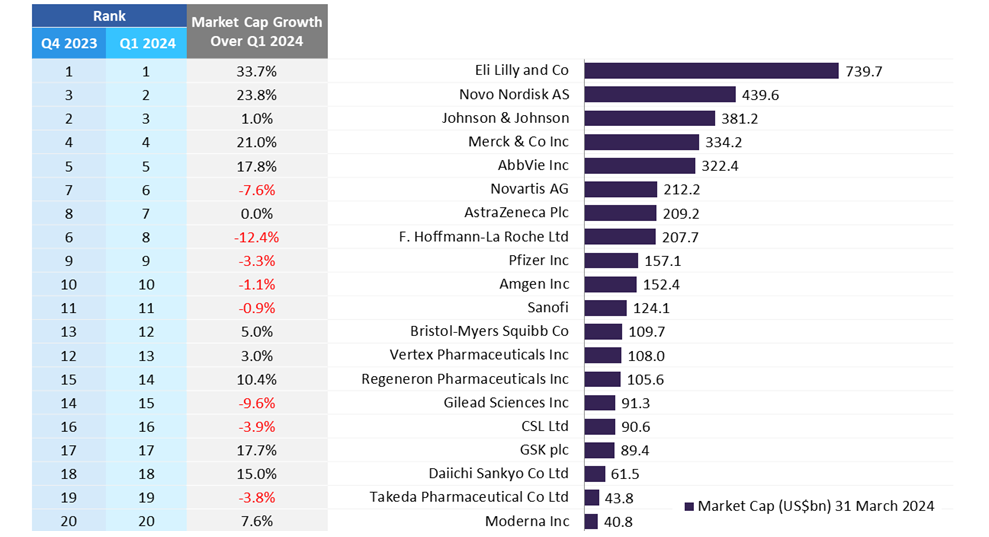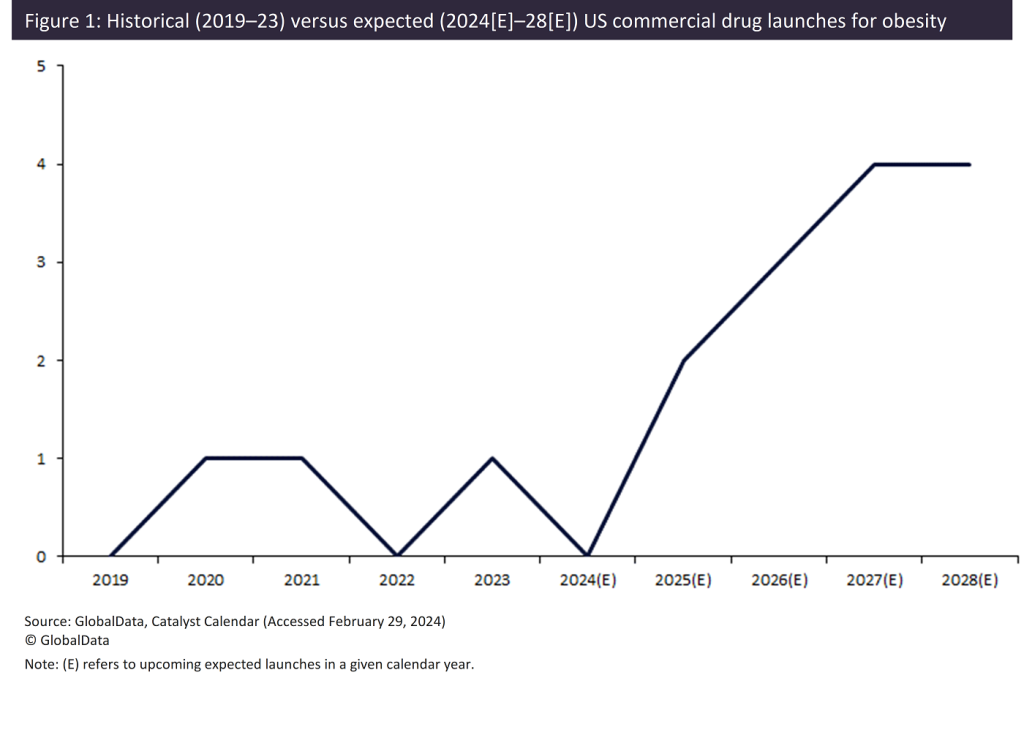Anticipated approval of several pipeline agents during the 2020–2030 forecast period will drive strong growth across the seven major markets (7MM), namely the US, 5EU (France, Germany, Italy, Spain and the UK) and Japan — according to GlobalData’s recent Endometriosis: Global Drug Forecast and Market Analysis to 2030 report. The endometriosis market is expected to grow from $1.06bn in 2020 to $2.91bn in 2030 at a combined annual growth rate (CAGR) of 10.6% across the 7MM.
The 5EU is anticipated to grow the fastest out of these regions, at a CAGR of 12.5%, compared with the US (10.5%) and Japan (5.0%). This can be attributed to two new classes of drugs, gonadotropin-releasing hormone (GnRH) antagonists and dopamine antagonists, reaching the 5EU markets for the first time. These GnRH antagonists have an improved safety and efficacy profile compared with the marketed GnRH agonists, which have significant side effects rendering them unappealing to patients. The GnRH antagonists are also oral tablets, as distinct from endometriosis therapies that are administered via intramuscular injection, allowing for the titration of the medication and immediate cessation if desired. Orilissa (elagolix) and the relugolix combination tablet both provide multiple dosage options, creating a flexible dosing regimen that can be tailored to individual patients’ needs.
Quinagolide, the dopamine receptor antagonist being developed by Ferring Pharmaceuticals, is not expected to reach Japan during the forecast period, while GnRH antagonists have been marketed in the US since 2018 with AbbVie’s release of Orilissa (elagolix). In addition, US 2030 sales will be slightly tempered by Orilissa’s generic erosion, after its patent expires in 2024 with a patent term extension (PTE) filed for 2029. Although the US CAGR is slightly lower, this market will still make up around 68% of all drug sales by 2030, largely due to the higher cost of drugs in the US compared with the other six major markets and the high diagnosed prevalence of endometriosis in the US.
The figure below summarises the endometriosis market growth across the 7MM from 2020 to 2030.

At the end of 2030, the US will contribute around 68% of global sales in this indication. The higher sales in the US relative to the other two regions can be attributed to the greater diagnosed prevalence of endometriosis in the US and the higher price of drugs in the country compared with other global markets.
How well do you really know your competitors?
Access the most comprehensive Company Profiles on the market, powered by GlobalData. Save hours of research. Gain competitive edge.

Thank you!
Your download email will arrive shortly
Not ready to buy yet? Download a free sample
We are confident about the unique quality of our Company Profiles. However, we want you to make the most beneficial decision for your business, so we offer a free sample that you can download by submitting the below form
By GlobalDataMajor drivers of the endometriosis market during the forecast period will include:
- The launch of ObsEva’s Yselty (linzagolix) and Myovant/Pfizer’s Relugolix combination tablet as the first available GnRH antagonists in the 5EU and Japan
- The global launch of Quinagolide, an endometriosis therapy that, unlike marketed therapies, does not interfere with ovulation
- Continual improvements with disease awareness, leading to an increase in diagnoses
- Improvements in non-invasive diagnostic methods, such as the utilisation of biomarkers, which should further increase the number of early diagnoses
Major barriers to the growth of the endometriosis market during the forecast period are as follows:
- The endometriosis market boasts many off-label medications and is still highly genericised, presenting a stiff barrier for novel therapy entrants
- The shrinking female population aged 12–54 years in the 5EU and Japan will dampen the extent of growth in diagnosed endometriosis cases.






